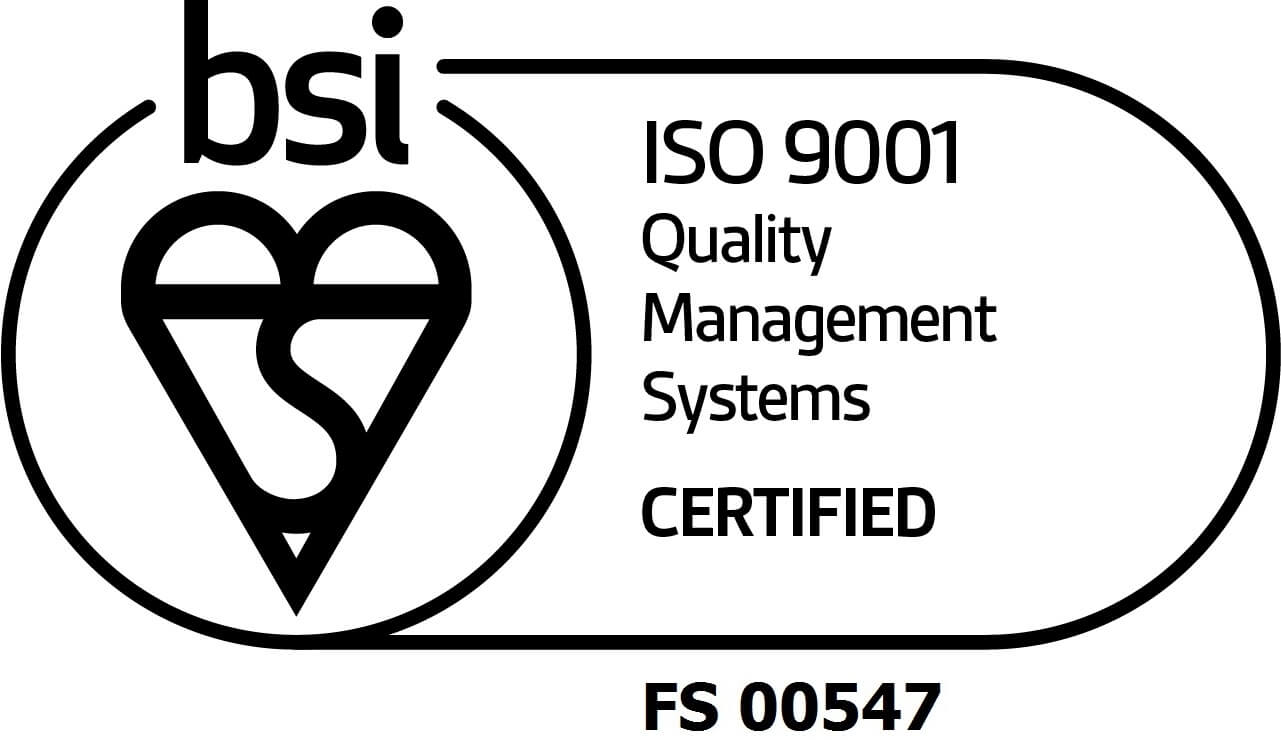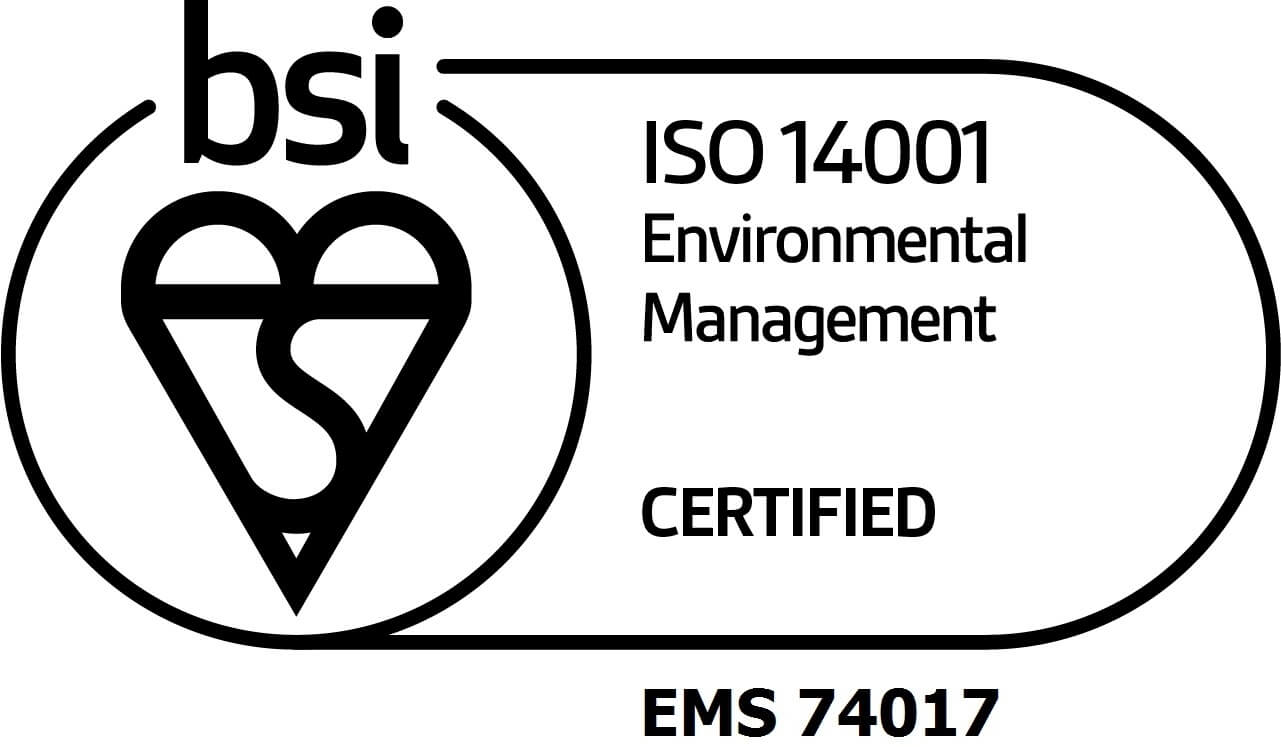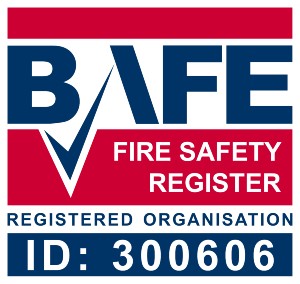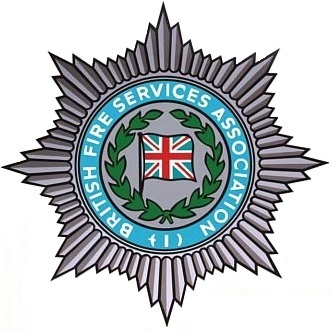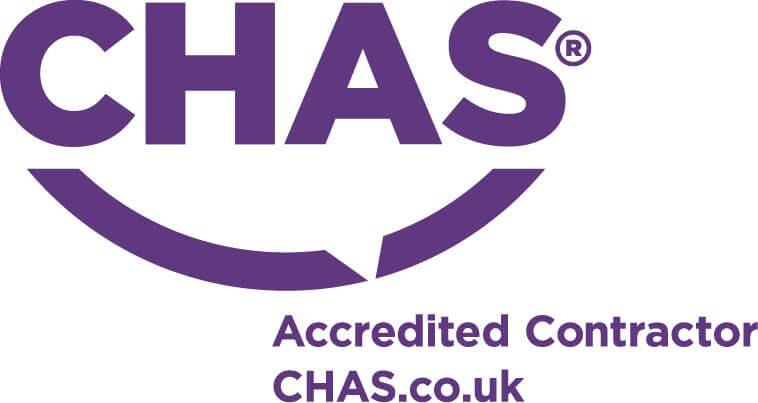Fire Fighting Techniques
When a fire is ignited, the way it is put out depends entirely on the fuel that is making the fire burn and the location of the fire itself. There are several recognised techniques for tackling a blaze, and we are going to look through what they are and the different ways in which they are effective.
5 Recognised Fire Fighting Techniques
Here are 5 officially recognised fire fighting techniques, used across a range of different fire situations. Now remember, leave the actual fire fighting to the professionals, the fire and rescue services.
Fog Attack

The hose uses a fog setting to extinguish a fire – ideal for closed compartment fires where there is no wind.
This is used by fire brigades across the country and is lauded for its effectiveness in combating fire. This technique is used particularly in closed compartment fires, and it works by using the fog nozzle of the hose, rather than a jet to extinguish the fire. This technique can be very effective in non-ventilated spaces, but where there is wind, its effectiveness is greatly reduced.
Indirect Attack

Aimed at the ceiling, the water drops down and extinguishes the fire from above.
Like the fog attack, this method is most effective in closed compartment fires, such as high rise environments. Instead of aiming the stream of water directly at the fire, it is aimed at the ceiling or wall above the flames, allowing the water to drop down and extinguish the blaze. It works twofold:
- The water will cool the ceiling, which disrupts the thermal balance, and the vapour will absorb energy.
- The rest of the water falls like rain, which helps to extinguish the fire.
Direct Attack

Perhaps the most widely known technique – this suffocates the flames as the water is aimed at the base of the fire.
Aiming the stream of water at the base of the fire, this technique works best using a concentrated, powerful jet of water that suffocates the flames. In order for this to work effectively, the firefighters must have a clear and direct line of sight to the fire. If this method is used on a fire in a non-vented area, then there will be less steam and the fire will be extinguished faster.
Combination Attack

This uses both indirect and direct attacks to combat the overhead gases and the flames simultaneously.
This method consists of using both indirect and direct methods. One of the main benefits of this technique is that it simultaneously combats the overhead gases, as the indirect method does, whilst directly attacking the fire itself, extinguishing it quickly and minimising the risk of it spreading.
The ‘Two Lines in’ Method

This uses two hoses and two teams, combining a fog nozzle and a solid stream of water – used only for fires that are subject to high winds.
This technique is used only for fires in high energy (wind driven) situations. The technique requires two teams of two, with each team operating a different kind of hose. One team operates a low pressure/high fog nozzle, and the other uses a nozzle with a solid, concentrated stream. As long as the two teams work in tandem and communicate well, this method can be very effective. One team should focus on attacking the flame directly, while the other should concentrate on preventing any advancing flame from spreading.
City Fire Protection are leading providers of fire safety equipment and training for businesses around the country. For more information, get in touch with us today and we’ll be more than happy to help you.
Contact Our Team


